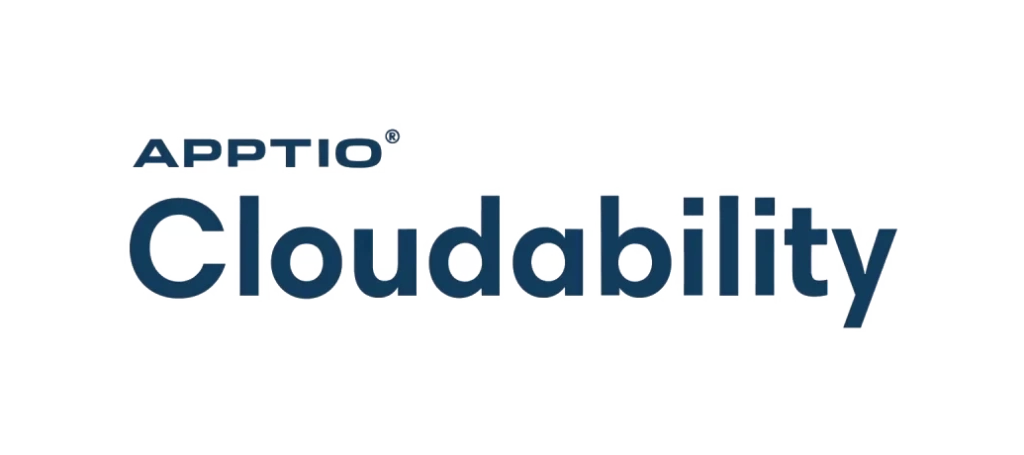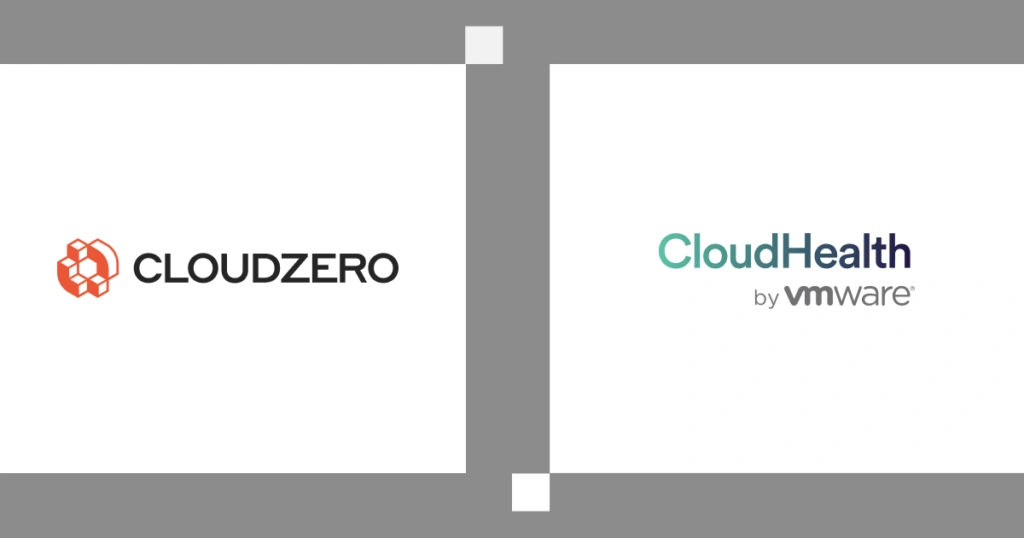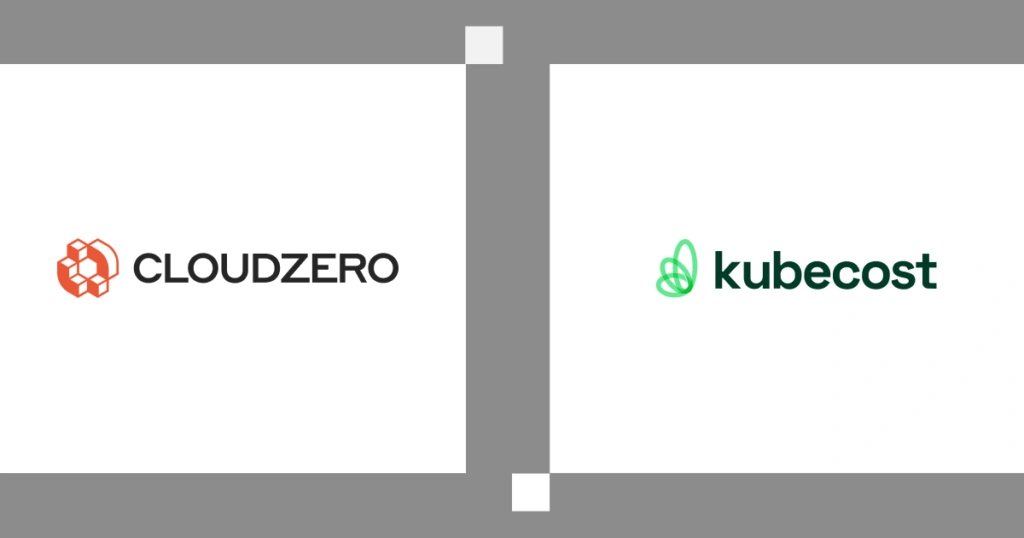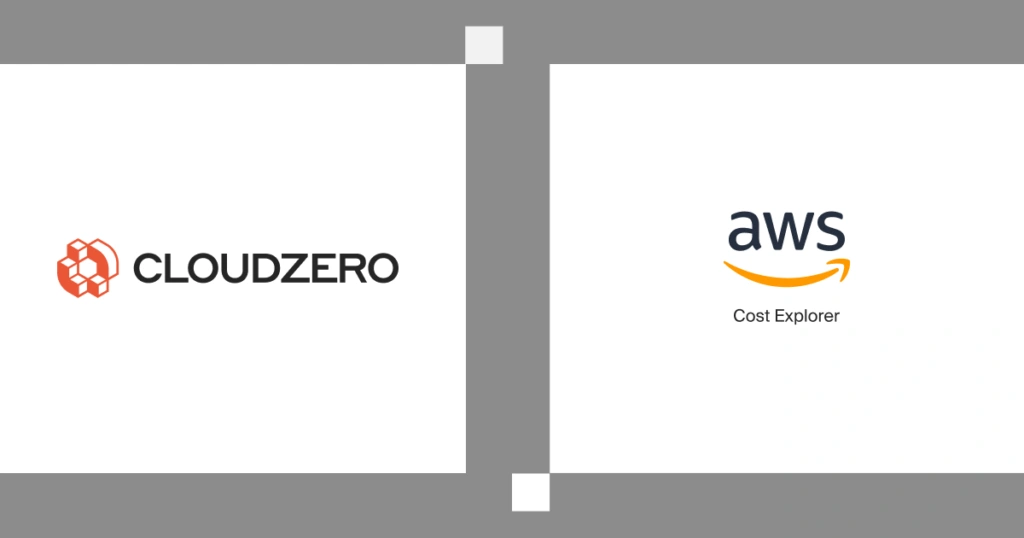Overview
The cloud cost optimization and management space is crowded — and if you’re in the market for a new solution, it can be overwhelming to figure out which one to choose.
There are a number of established players, like CloudHealth and Cloudability, plus a host of startups cropping up to meet the latest needs of companies.
We’re often asked to explain the difference between CloudZero and established legacy solutions like CloudHealth and Cloudability, so we put together this handy guide to help you make the decision that’s best for your business.
CloudHealth And Cloudability: The First Generation
CloudHealth and Cloudability were founded nearly a decade ago — in 2012 and 2011 respectively — as the public cloud was entering the mainstream. They were designed to solve important challenges companies were facing to understand their cloud spend.
Today, they’ve both been acquired by larger companies, which has impacted the direction of their innovation, as they balance the needs of their new parent companies. CloudHealth was purchased in 2018 by VMware and Cloudability was bought by Apptio in 2019.
CloudHealth VMware
CloudHealth aims to enable customers to give more attention to cloud governance through cloud financial management, compliance, and security monitoring. They market themselves to enterprises and companies with hybrid-cloud and multi-cloud needs.
Many of their new releases in the last couple of years have focused on security and support for other clouds, such as Oracle, improvements to savings plan functionality
The platform might be right for you if you are also looking to fill in traditional cloud cost management needs, such as purchasing Reserved Instances (RI), rightsizing your resources, and high-level reporting on various cost centers.
It may also appeal to you if you are looking for a platform with functionality beyond cost management, such as tracking compliance and strengthening security.
Apptio Cloudability
Apptio’s Cloudability describes itself as wanting to help companies optimize cloud resources for quality, speed, and cost. Like CloudHealth, it takes a traditional cloud cost management approach — functionalities like resource decommissioning, RI management, and cost reporting.
Like CloudHealth, Cloudability is a good option for measuring high-level metrics, such as cost center costs, not detailed insights, such as cost per customer, cost per feature, or cost per deployment — the insight you need to enable you to make effective decisions, such as how to price your SaaS products to protect margins.
Cloudability might be a match for you if you have a centralized FinOps team looking for a tool for reporting on cloud spend.
CloudZero: A New Generation Of Cloud Cost Optimization
Despite more than a decade of investment in existing cloud cost tools, many companies report that controlling cost is still painful and inaccurate.
Reliance on tagging leaves gaps in cost visibility. Modern architectures and systems, like Kubernetes and multi-tenancy make it challenging to allocate and organize cost accurately. And even though engineers have the most direct impact on cloud cost, existing tools aren’t intuitive or designed with modern engineering teams in mind.
As a result, a new generation of cloud cost tools and services has emerged to serve the needs of modern companies — and CloudZero is leading the pack.
While there are many reasons why CloudZero is carving a new path in the cloud cost space, they all boil down to one theme: CloudZero organizes and allocates spend better than anyone else.
Our belief from the beginning has been that you can’t manage spend if you don’t know what you’re spending money on — so we’ve made this the key pillar of everything else we do.
With that as our foundation, here are the top differentiators that set CloudZero apart from legacy cost managemet tools, like CloudHealth and Cloudability.
1. CloudZero data model
CloudZero isn’t just a billing data reader — because we’re not just looking at the Cost and Usage Report (the CUR). Instead, we’re designed more like an observability platform, with cleaner, more enriched data. We’ve built a serverless engine that can process billions of events per second with near-infinite scale.
This means our data is as real-time as it gets, with no nightly batch processing. It’s also incredibly flexible, so you can see your spend just about however you want — and easily explore and dig into costs.
Read More About Our Data Model
2. Dynamic code-driven cost allocation
The magic of CloudZero isn’t just our data — it’s what you can do with it. CloudZero uses a code-driven approach to organizing cloud spend, called CloudZero Dimensions.
CloudZero Dimensions use a code artifact and domain-specific language (DSL) to define how to organize your spend no matter how well or how little your teams have tagged. Once you make changes to Dimensions, they’re reflected immediately.
With CloudZero Dimensions, built on top of CloudZero’s superior data model, you can truly organize spend in whatever way makes sense for your business.
Read More About CloudZero Dimensions
3. Focus on cloud unit economics
While tracking spend and eliminating waste are important aspects of cost optimization, CloudZero is dedicated to helping you go beyond traditional cost optimization — putting cloud spend into the context of your business.
For example, with CloudZero, you can track cost per tenant and individual customer — not just average customer cost. CloudZero will apply your application telemetry to your cloud cost to automatically calculate the cost of not only a single customer, but how much that customer’s utilization of a particular feature costs.
Read How CloudZero Calculates Cost Per Customer
4. A platform that’s intuitive for engineering
Top engineering organizations understand that the best way to build high-quality, secure, resilient software is to empower engineers with the tools and information they need, then provide them with the autonomy to make their own decisions. CloudZero enables you to build a culture of empowerment around cloud cost.
Without specialized training or knowledge, engineers can see the costs of relevant features and products — and easily troubleshoot, explore, and debug cloud costs. They’ll receive regular updates and cost anomalies in Slack, so they can stay on top of it — without slowing down velocity.
5. Designed for cloud-native architecture
Cloud-native architecture, like multi-tenancy and Kubernetes, adds a layer of abstraction that misaligns billing data and what is actually running. CloudZero is designed to help you understand the total cost to run your business, regardless of the modern architecture you’re running on.
Unlike other solutions, CloudZero marrys together Kubernetes and non-containerized cost giving you a complete picture of your spend. Additionally, CloudZero enables you to break apart and accurately allocate shared costs.
6. Multi-service costs
Cloud cost of goods sold (COGS) includes more than just hosting costs. CloudZero ingests other third-party costs, like Snowflake, providing customers with a more complete picture of your COGS.
CloudHealth Vs. Cloudability Vs. CloudZero: At A Glance

Data Quality And Scale
Cost data reflected in real-time
✔️
X
X
Configuration changes affected immediately
✔️
X
X
Infrastructrure Support
Supports multi-service (e.g., Snowflake)
✔️
X
X
Supports multi-cloud (GCP, Azure)
✔️
✔️
✔️
Supports Kubernetes
✔️
✔️
✔️
Aligns Kubernetes and non-Kubernetes spend
✔️
X
Ability To Organize Cost And Track Cost
Tag-based cost allocation
✔️
✔️
✔️
Code-driven cost allocation
✔️
X
X
Splitting shared cost: proportionally
✔️
✔️
✔️
Splitting shared cost: telemetry-driven allocation
✔️
X
X
Average cost per customer metrics
✔️
✔️
✔️
Cost per individual customer, driven by telemetry
✔️
X
X
Engineering Friendliness
Slack integration
✔️
X
X
Automatic cost anomaly alerts
✔️
X
X
Cost debugging workflow (drill down into costs)
✔️
X
X
Engineering event correlation (e.g., GitHub)
✔️
X
X
Services
Dedicated FinOps resource
✔️
X
X
Shared Slack channel to chat with resource
✔️
X
X






